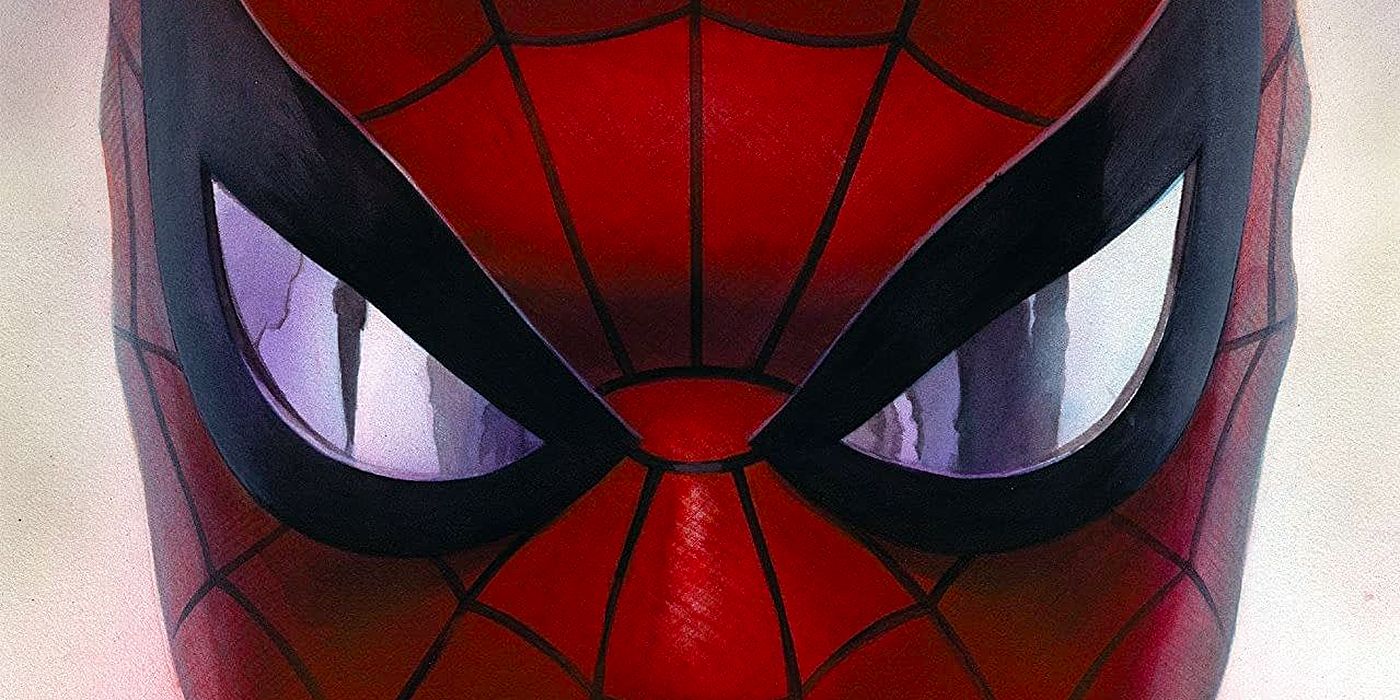
Welcome to the 16th installment of Page One Rewrite, a look at lost comics-to-screen adaptations. This week, is what is likely the first treatment ever for a Spider-Man feature film, written by Jim Shooter, Marvel's editor-in-chief from 1978 to 1987. As Shooter recalls, it was written for Cannon Films, following its 1985 licensing of the Spider-Man film rights for a mere $225,000 (about $570,000 in today's money).
Marvel's Spider-Man comics were selling well in the early 1980s -- some even cite the run from writer Roger Stern and artist John Romita, Jr. as the property's creative peak -- but they didn't exactly carry the fan excitement and critical heat of Frank Miller's Daredevil. When crafting his treatment for the film, Shooter's inspiration wandered to that seminal Daredevil run, casting one of the major villains as Miller's rejuvenated take on Bullseye.
To put this treatment into context, Spider-Man had only recently starred in a CBS primetime drama that garnered poor reviews, but decent ratings. Airing from 1977 to 1979, The Amazing Spider-Man was canceled because executives didn't wish CBS to be known as the "superhero network." In the mid- to late 1970s, CBS aired Shazam and Isis on Saturday mornings, and The Incredible Hulk and Wonder Woman in primetime, in addition to Captain America and Dr. Strange TV movies.
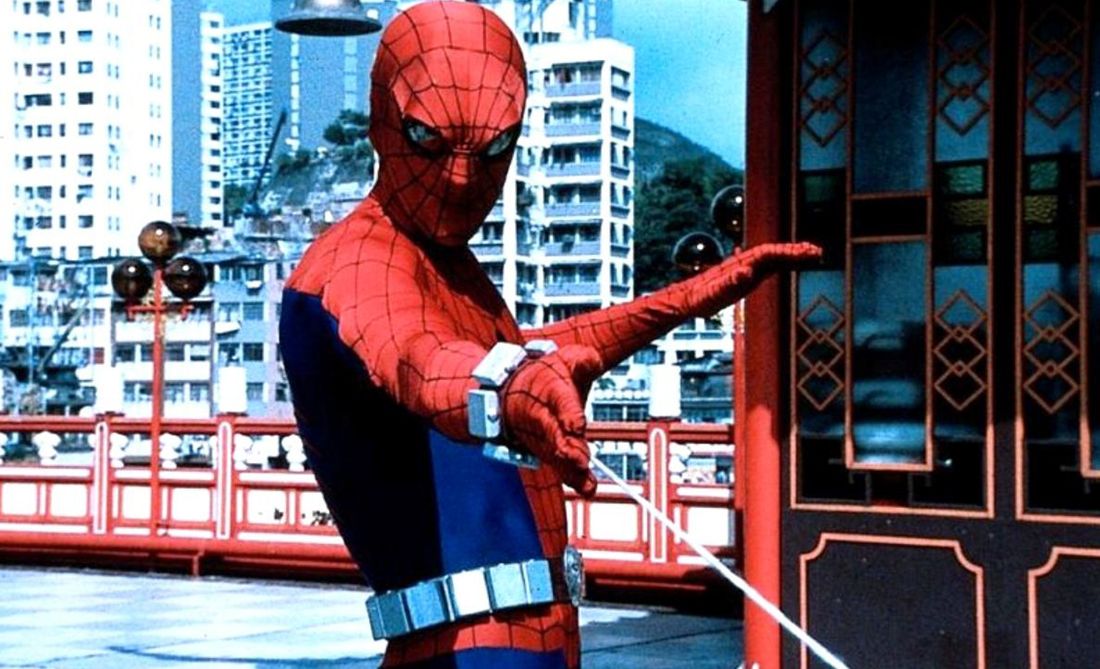
In Europe, pieced-together episodes of The Amazing Spider-Man were released in theaters as Spider-Man, Spider-Man Strikes Back and Spider-Man: The Dragon's Challenge. However, Shooter's discussions with Cannon were the first real effort to create a Spider-Man film.
In the opening pages, we discover science student Peter Parker living in a shabby Chelsea flat, where he performs Spidey gymnastics against his bedroom wall, and calls his Aunt May every morning. As he leaves the apartment, he broods over a photo of himself on his 16th birthday, posing with his Uncle Ben, and holding a microscope fans will recognize from Amazing Fantasy #15.
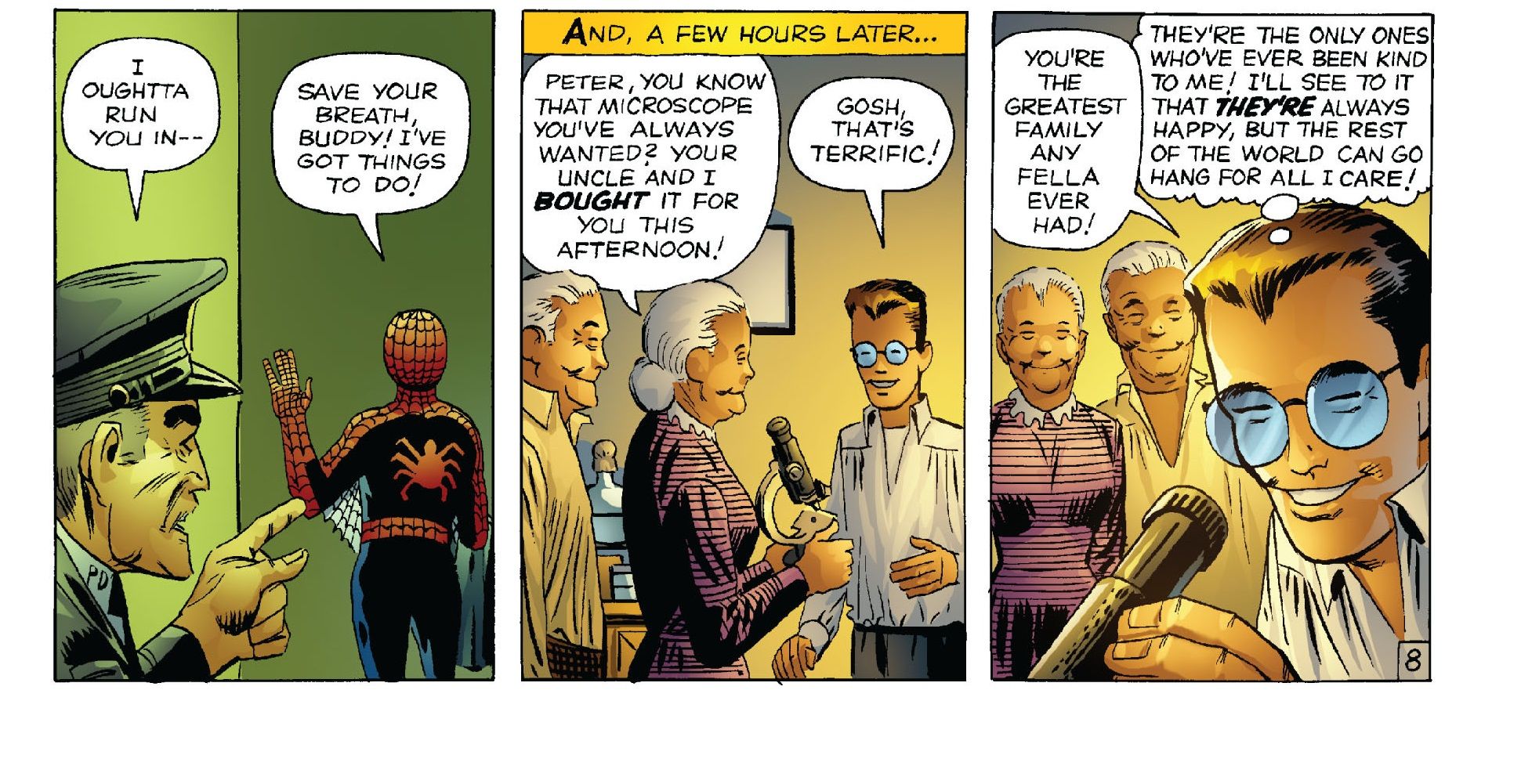
Peter is established as a chemistry student at Empire State University who's bored by the classes and smarter than his professors. Other students try to socialize with Peter (although they're actually picking on him), but he always tells them he has obligations with his Aunt May. Peter has dinner with May, with whom he shares the same dynamic from the comics.
After dinner, Peter dons his Spider-Man costume and travels among Manhattan’s skyscrapers. He uses an automatic camera to capture himself in action as he stops criminals from stealing drums of chemicals. The person behind this crime, just one stage in "Operation Z," is the Kingpin, described as a "huge man who appears to be fat but is solid like a Sumo wrestler." He orders his chief assassin Bullseye, a "vicious-looking guy who wears dark clothes with a sort of military cut," to deal with Spider-Man.
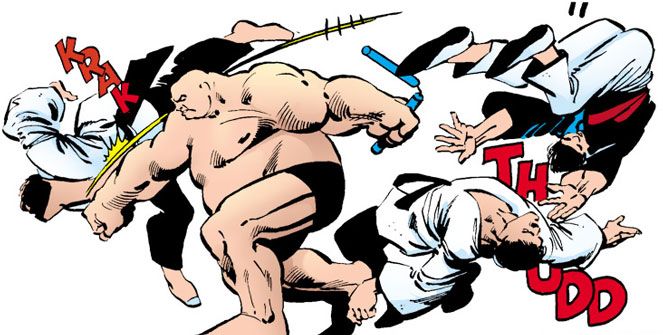
The Kingpin's status quo is also the classic one from the comics: Wilson Fisk is a suspected crime lord, but he lives among the elite, married to the beautiful Vanessa, who despises his criminal activities. A later sequence cribs Kingpin's sumo-inspired workout routine from Miller's Daredevil comics. Kingpin, who sincerely loves his wife, assures her Operation Z will be his epic finale to crime.
The next morning, Peter attempts to sell photos of Spider-Man in action to the "cheap" and "petty" J. Jonah Jameson, who, of course, hates Spider-Man. He's also a "hell of a newspaperman," and the Daily Bugle is taking the lead in investigating the Kingpin. In line at the bank, to cash his paycheck, Peter meets an attractive woman. As Shooter puts it, "We'll call her Lynn."
Given the obvious influence of Miller's concurrent comics, it's possible Shooter named the love interest in honor of Miller's then-girlfriend (and future Dark Knight Returns and 300 colorist) Lynn Varley. Also, when considering how cavalierly he's given her this name, it seems Shooter was open to any of Peter's established girlfriends acting as the love interest, and was simply treating Lynn as a placeholder.
When Lynn is accosted outside the bank by two random muggers, Peter chases them away with a chunk of wood, suitably impressing Lynn (no dramatic upside-down kiss in the rain, here). She asks him on a date, but Peter first has to call Aunt May to cancel their lunch. After overhearing Peter and May's oddly codependent conversation, Lynn has severe second thoughts, and sneaks away.
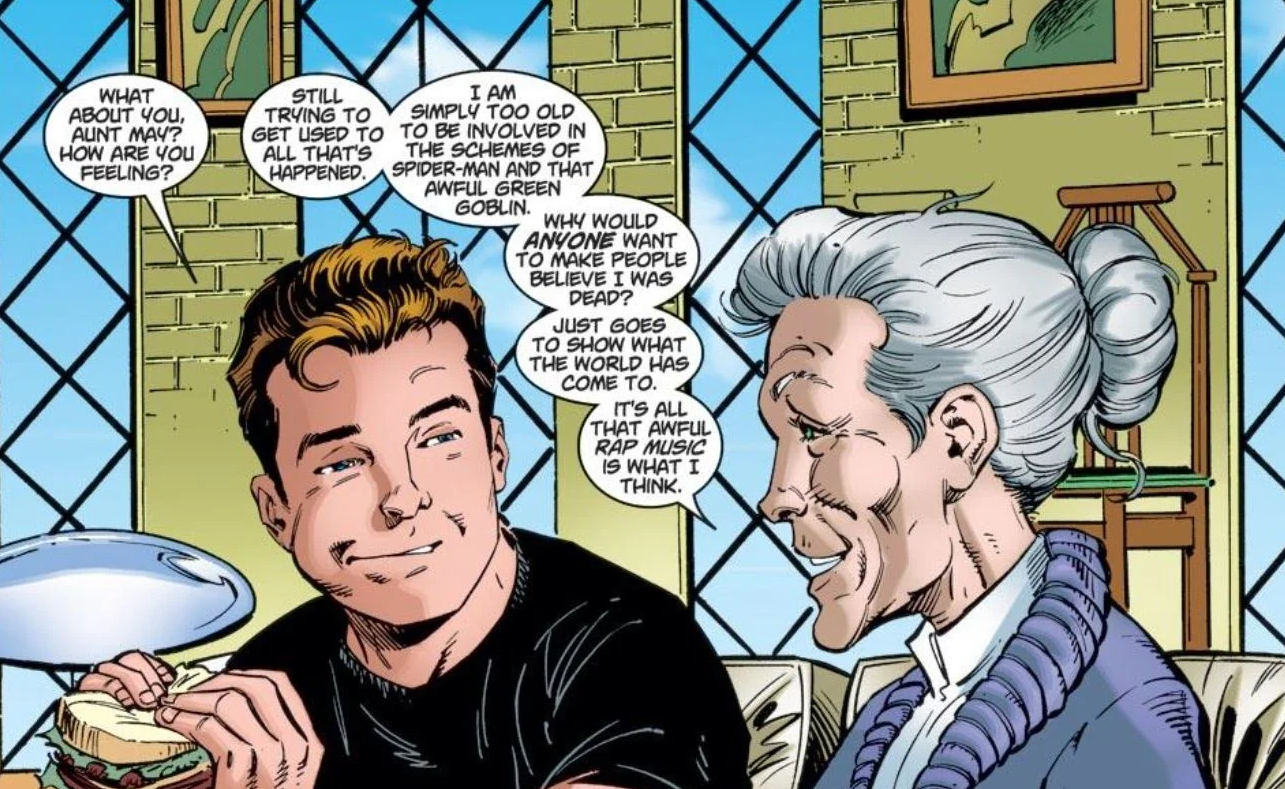
As reverential to the source material as Shooter is, it's amusing that he can't resist poking fun at Peter and May's dynamic. From an outsider's perspective, it is, at best, weird and, at worst, downright creepy. Many comic fans were fed up with the relationship by this point, which led to changes as the '80s went on, with May becoming less of a one-note joke. Marvel bizarrely thought the audience longed for a return to the days of a neurotic May smothering Peter in the late 1990s when revamping the Spider-Man line, but this turned out to be a relatively short relapse.
So, what changes Lynn's mind about Peter? She leaves a scarf behind when sneaking away, so an angered Peter uses his powers to stalk Lynn's bus and meet her at its stop, scarf in hand. Impressed that Peter actually isn't a wimp, Lynn becomes his girlfriend. And, as easy as it might be to mock this scene today, you could find far more outdated courtship scenes in other 1980s movies.
Surprisingly, Shooter indicates Peter and Lynn are sexually active, with Lynn astounded by Peter's strength in bed and Olympic gymnast body. She goads him into pursuing a career in sports. Meanwhile, Kingpin continues to steal chemical supplies, and Bullseye has set a trap for Spider-Man. On the night of Lynn's birthday, Spider-Man is poisoned by one of Bullseye's chemical darts. Lynn is furious he missed their date and refuses to let Peter inside her apartment when he comes seeking help.
He's forced to accost a doctor leaving his hospital shift for treatment. Spider-Man awakes the next day with his mask on, thanks the doctor for his help and leaves, unaware the doctor (naturally) pulled off Spider-Man's mask while he was asleep and took a Polaroid of his face. Not that he recognizes this nobody Peter Parker, Shooter assures us, or has plans of selling the photo. It's merely a souvenir.
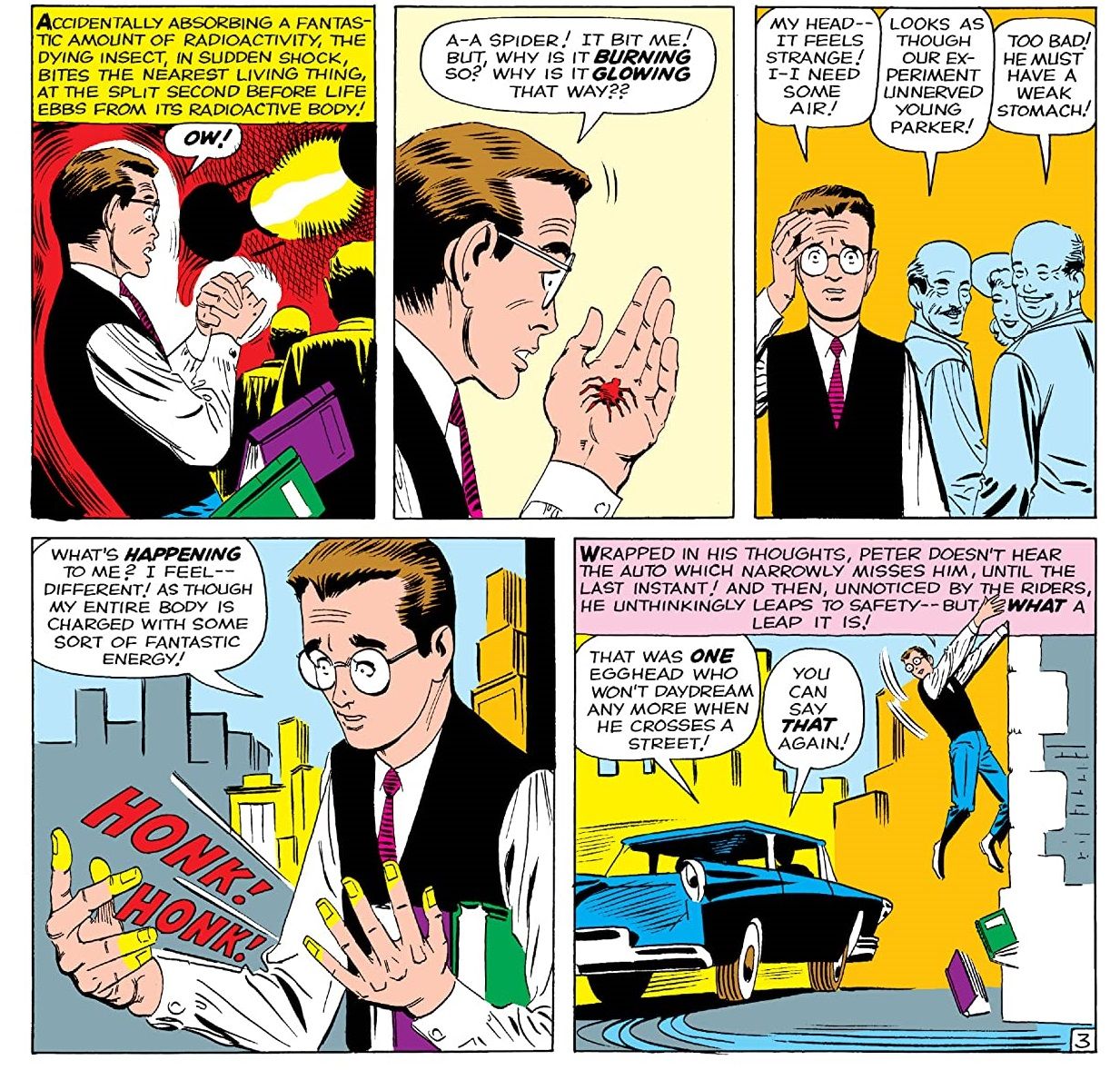
The next day, Peter literally forces his way into Lynn's apartment when she refuses to see him, confesses he's Spider-Man, and an origin flashback is triggered. Shooter doesn't go into details here, but given his fidelity to classic Spidey, we can assume he had the Amazing Fantasy #15 origin in mind.
Stunned, Lynn reveals she was so upset on her birthday because, as a "liberated lady," she was planning to propose to Peter that night. She then drops to her knee and does, indeed, pop the question, and he accepts. Kingpin's love life isn't going as well, because we discover Vanessa's given him an ultimatum to leave the country with her tonight or else lose her forever.
The story then takes a strange shift, as Lynn talks Peter into trying out for the New York Knicks, telling him this hero business is silly, and he owes it to Aunt May to make some real money. After some comical mishaps, Peter makes the team and is offered a huge cash bonus. May doesn't approve of Peter abandoning his studies, however, and he still feels obligated to stop Kingpin's mysterious scheme. Furious, Lynn gives him an ultimatum: It's Spider-Man or her.
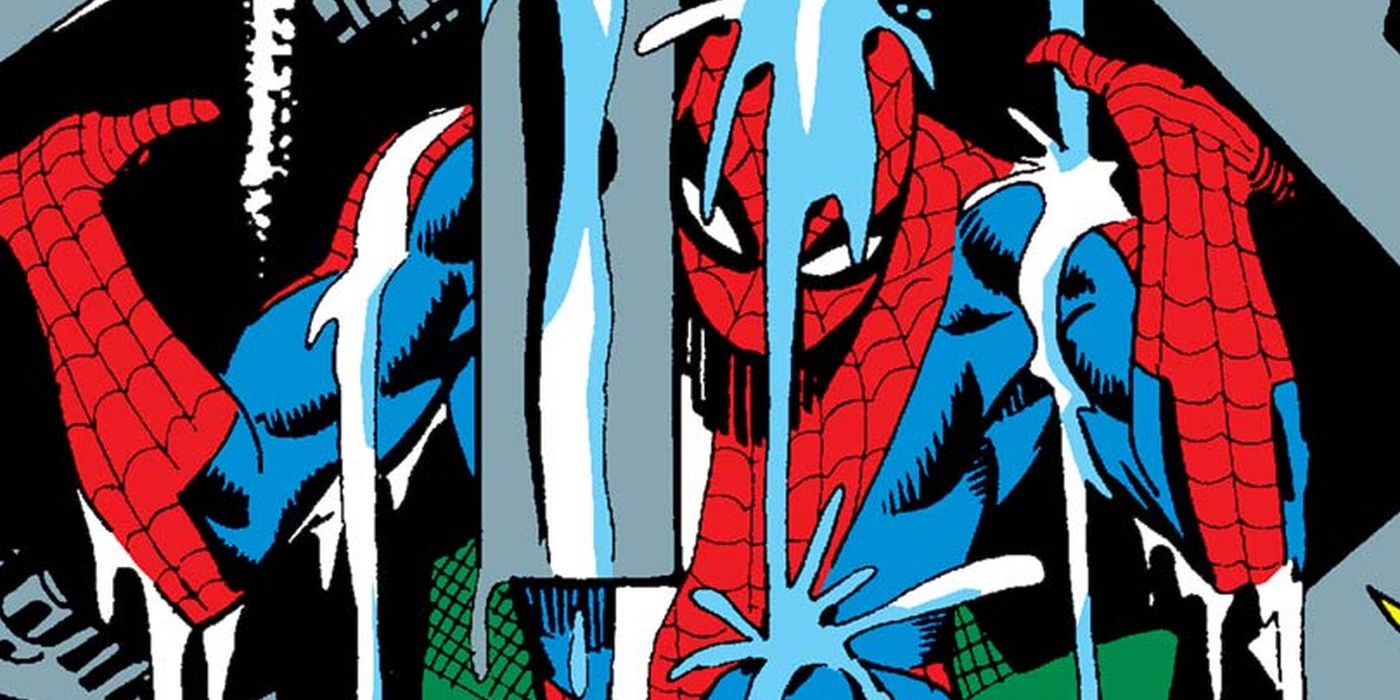
This is the classic "I can't… yet I must!" conflict Shooter was reportedly adamant about injecting into Marvel stories. (There are some instances of characters literally using the line "I can't… yet I must!" during Shooter's stint as editor-in-chief.) Peter chooses Spider-Man, and Lynn storms off. There's later a knock at the door that Peter assumes is Lynn, but he instead finds only a note stating that Lynn and May have been kidnapped.
Bullseye has discovered Spider-Man's identity, having located that doctor and connecting his Polaroid to Peter's photo in the latest sports page. When the sadistic Bullseye wrongly leads Spider-Man to believe Lynn and May are dead, an enraged Spider-Man intimidates one of Kingpin's goons into revealing his location: He's holding Lynn and May hostage near the "Goodwear" blimp.
Kingpin's plan is for the dirigible to dust Manhattan with the new poison he's developed -- the government will then pay his $10 billion ransom or else 11 million people will die without the antitoxin. We're meant to draw a parallel between Kingpin's obsessive desire to complete his "masterpiece" plan, even though it could cost him everything, and Peter's compulsion to fight crime as Spider-Man.
When Spider-Man and Kingpin (armed with nunchaku) have their inevitable confrontation, Bullseye sees an opportunity to "rid himself of both" and opens fire with a machine gun. As Kingpin kills Bullseye with his bare hands, Spider-Man is pinned under 15 tons of concrete. With impossible strain, and inspired by thoughts of May and Lynn, Spider-Man heaves the massive weight off his back. Yes, it's an homage to The Amazing Spider-Man #33's climatic moment, back before this bit had been thoroughly run into the ground.
After rescuing Lynn and May, Spider-Man faces Kingpin on the blimp. The villain apparently dies when his blimp crashes into the river; Manhattan is saved, and Lynn realizes there are "some things a man has to do," giving Peter her blessing to act as Spider-Man.
Finally, there's a knock at the door: The New York Knicks are here, furious he didn't show up for the game, and drag him away. Lynn laughs and we fade to black.
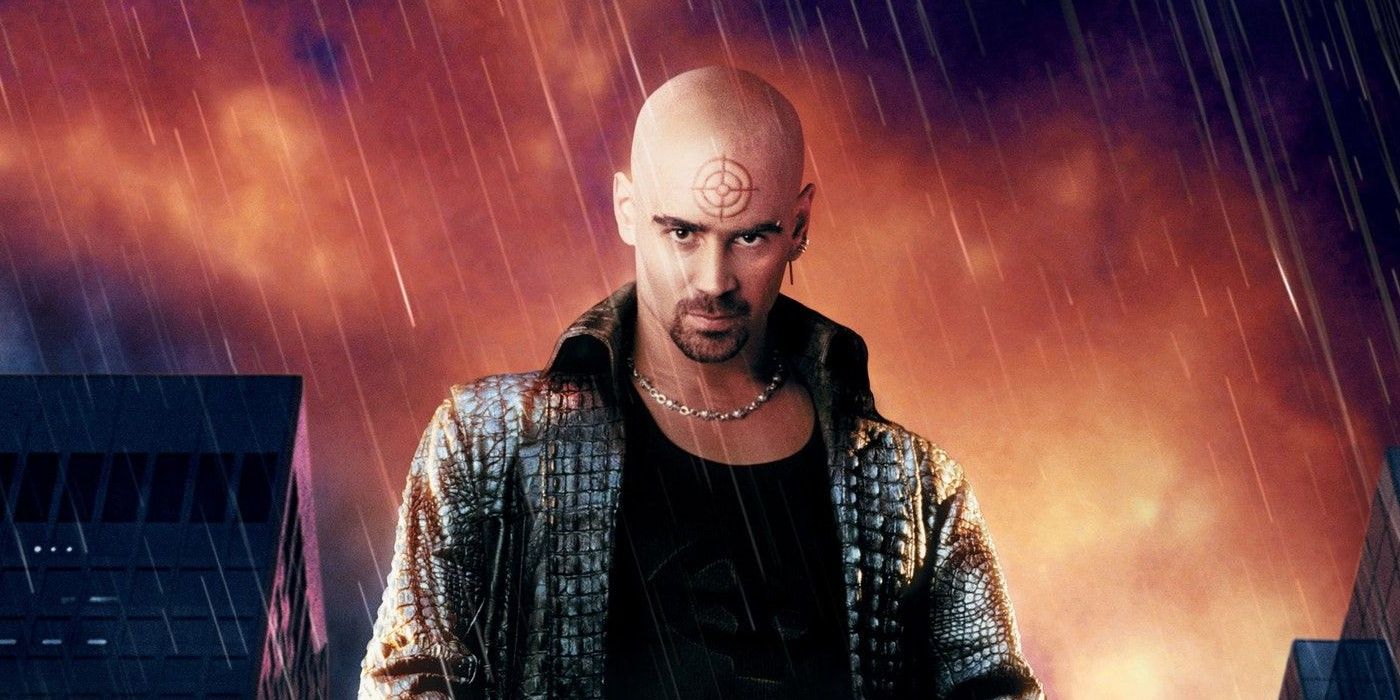
We're told only that Bullseye "wears dark clothes," indicating he has no costume. Perhaps there was a feeling the public wouldn't embrace a film with two costumed figures fighting it out in 1984.
Interestingly, Bullseye is also without his costume in 2003's Daredevil movie, as Marvel's Joe Quesada convinced the director that Bullseye would look dumb in his comics outfit. (For a brief time in the comics, he even adopted the Daredevil movie look.) And Bullseye is also without his costume in his later appearance in the Netflix Daredevil series. Considering just how many costumes have transitioned from comics to the screen today, it's bizarre that Bullseye's outfit is the one somehow too ridiculous to be adapted. What exactly is "wrong" about it, anyway?
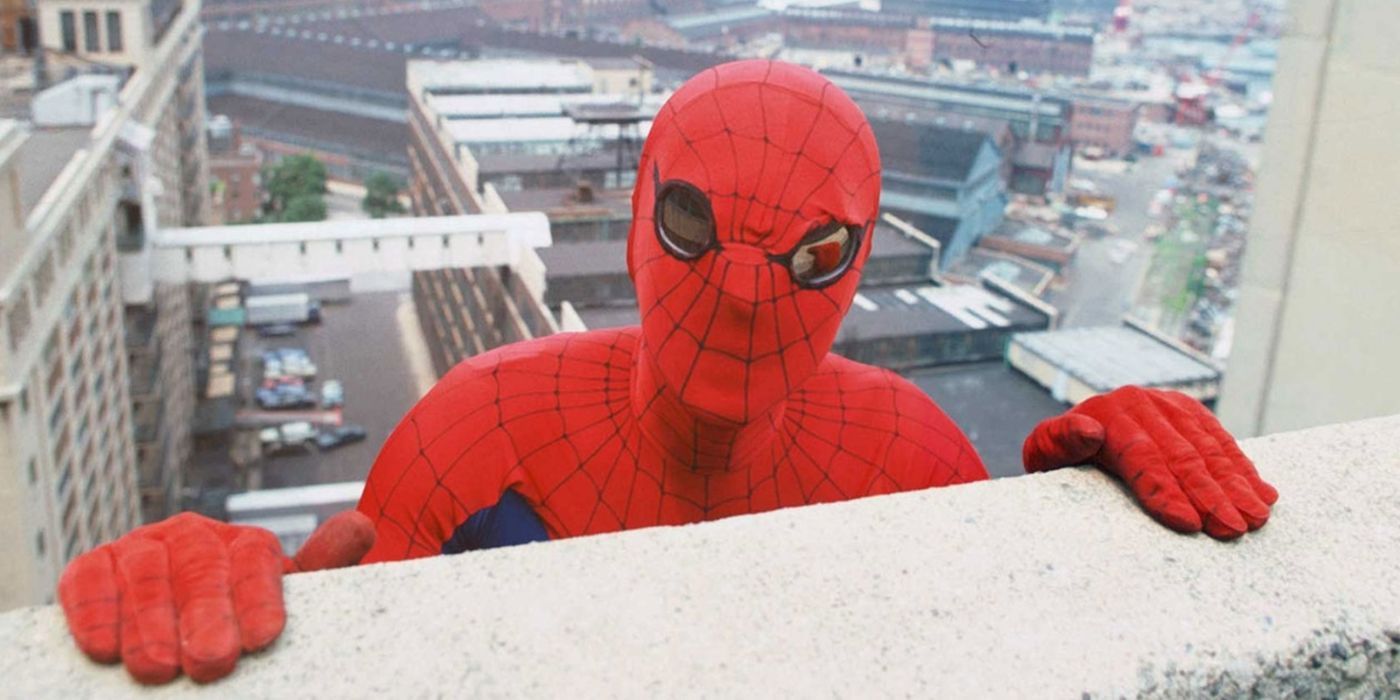
If you want fidelity to the source material, this would've been the most loyal Spider-Man film ever made (even if portions are cribbed from someone else's comic). Some fans will have a difficult time forgiving the New York Knicks cameo, but it arguably works as a modern take on Spider-Man's career as a variety TV performer. Shooter was more interested in telling a story that stays true to the character's core themes than in simply rehashing an origin, giving the audience credit that Hollywood today is rarely willing to dole out.
Within 10 years, Sony produced two separate Spider-Man origin films, attempting to justify the concept instead of having faith in the character and simply telling stories that work within his world. Shooter, all the way back in the '80s, assumed the audience cares about more than explanations of how the hero's powers work. In terms of plotting, this is also a tighter construction than any of the films, really, as every scene is here for a reason.
This is also a script that works under the assumption there isn't going to be much of a budget, so instead of any of the classic Spider-Man villains, we instead have a "hot" Marvel villain at the time -- one who doesn't require any fancy special effects, but also doesn't have a history with the character. Honestly, Kraven the Hunter could have worked just as well as Kingpin's flunkie in this treatment -- he just happened to be viewed as an outdated, embarrassing villain at the time ("Kraven's Last Hunt" was a few years away).
The result is a Spider-Man who feels very much like that era's wall-crawler… with some cool bits from someone else's comic tossed in. This would've made for a nice 1980s action flick, but just imagine if this was the hit film that kicked off a nascent Marvel Cinematic Universe. With two of his major villains dead, what would they have done in the Daredevil film?
0 Comments